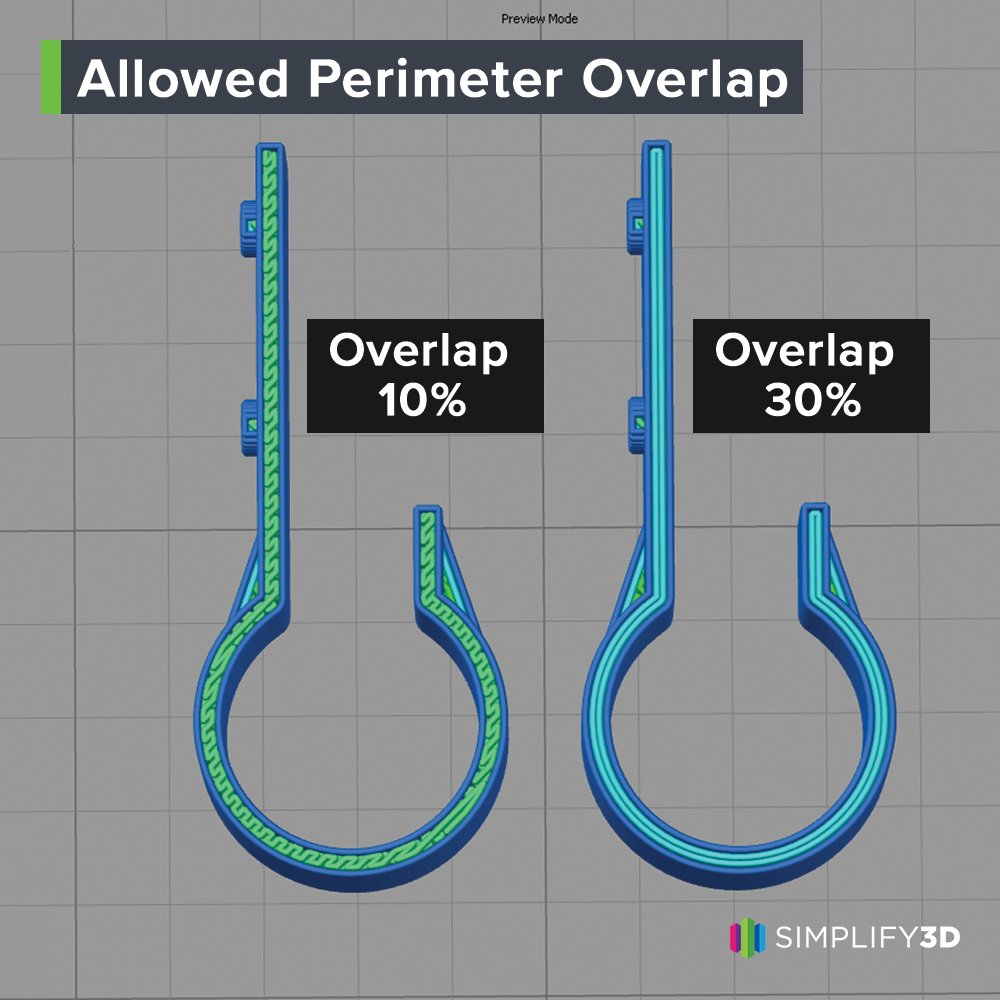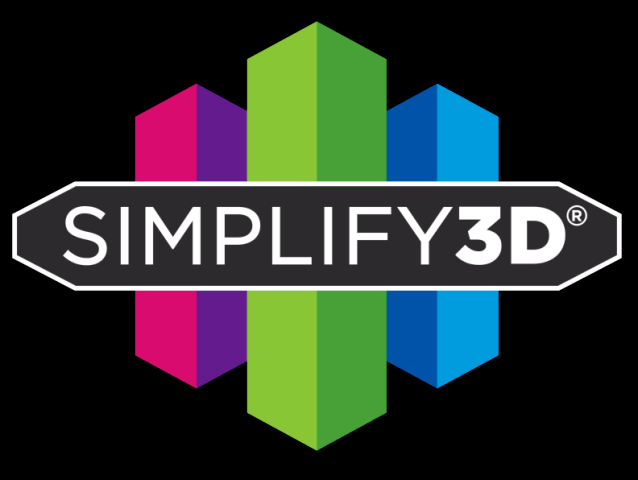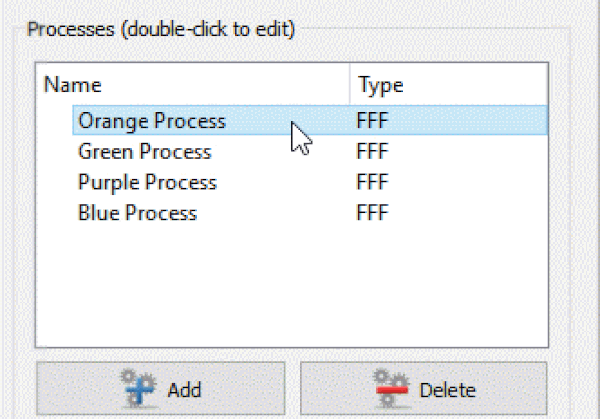

Those who have tinkered with it in free software such as meshmixer will agree, custom supports are very important. The ability to customize support placement is something that is quite difficult to give up once you get used to it. They broke away from my parts with minimal effort and did their job well. Left: Printed with Simplif圓D, all joints are articulated. Thanks to the fantastic, publicly available visual guide that Simplif圓D recently published, I should easily be able to remedy the surface defects I noticed on my first prints. My top layer wasn’t quite as pretty, which should be an easy fix in settings, and that the legs immediately snapped free and my Makey was, for the first time, fully articulated! I’ve done tweaking to my other software packages and still don’t have them quite dialed in to the results I got on my first try with Simplif圓D. All of the software available should technically be able to achieve this with tweaking, but the time savings in not having to explore such things is fantastic. When I pulled the Makey off of the build plate after using Simplif圓D to print it, I noticed 2 things. On my two printers (the Lulzbot TAZ4 and Lulzbot Mini), this figure prints beautifully at default settings, but the legs are typically fused and unable to bend. Being a good employee, I thought that our articulated Makey robot would be a good choice. I wanted to throw a challenge at this software. It was nice to see the familiar shape of my Taz on screen. Loading up the software, you’re presented with a rather pleasant visual representation of your printer. First Use Hey, that looks like my printer! From there, I don’t recall more than one or two clicks being necessary.

The list of compatible printers is quite long, and it has both of my printers pre-configured.

You start the installer and it asks you what printer you have.
#FREE SIMPLIFY 3D CODE#
Those settings are supplied in the software, often called a slicer, that outputs the code your machine uses to build objects. Website: Simplify 3D Why Review a Slicer?Ī very important lesson to learn in 3D printing is that only part of the final result is based on the hardware of the machine. Subscribe to the premier DIY magazine todayĬommunity access, print, and digital Magazine, and moreĭaily Projects to Inspire the Joy of Makingĭeals and Steals for the Maker on Your Nice List Skill builder, project tutorials, and more On Maker Campus facilitated by makers but for everyone Get hands-on with kits, books, and more from the Maker Shed A project collaboration and documentation platform.Membership connects and supports the people and projects that shape our future and supports the learning initiatives for the next generation of makers.A free program that lights children’s creative fires and allows them to explore projects in areas such as arts & crafts, science & engineering, design, and technology.Find enriching and interactive events, classes, workshops, and more. Maker Campus is a place to connect, learn, and make together.Maker-written books designed to inform and delight! Topics such as microcontrollers including Arduino and Raspberry Pi, Drones and 3D Printing, and more.A smart collection of books, magazines, electronics kits, robots, microcontrollers, tools, supplies, and more curated by us, the people behind Make: and the Maker Faire.A celebration of the Maker Movement, a family-friendly showcase of invention and creativity that gathers together tech enthusiasts, crafters, educators across the globe.The premier publication of maker projects, skill-building tutorials, in-depth reviews, and inspirational stories, accessible by all ages and skill ranges.


 0 kommentar(er)
0 kommentar(er)
